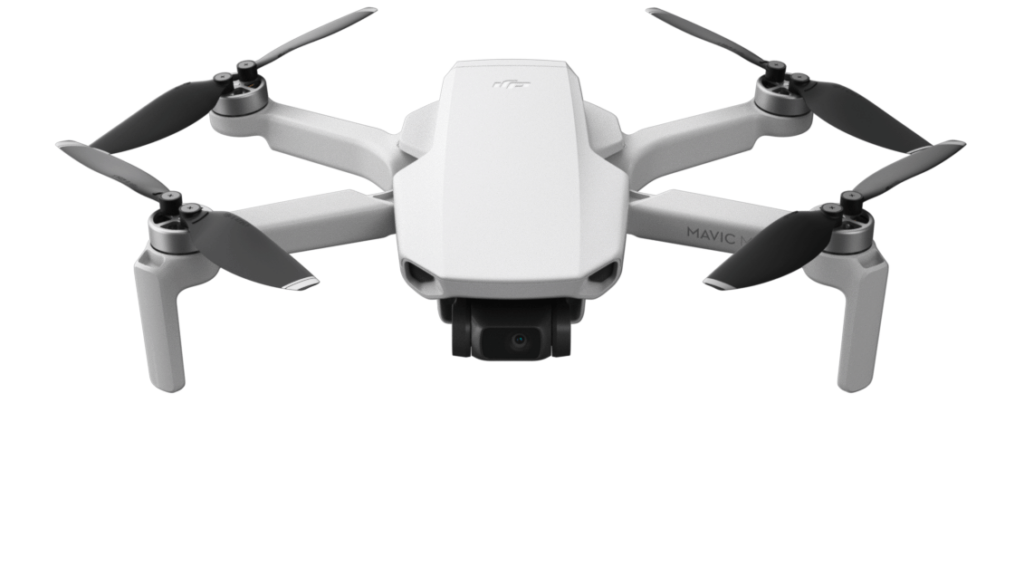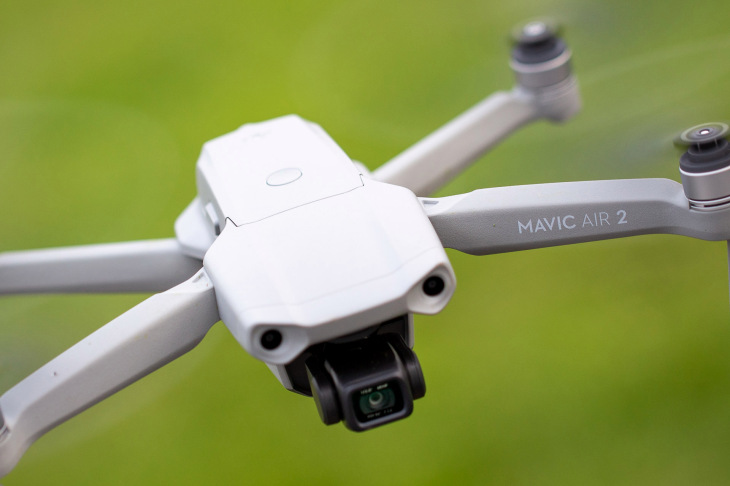Autel Robotics’ Dragonfish drone suggested a new release to the Federal Communications Commission (FCC) in late November, 2020. Its controller has also passed the regulations — ready for a U.S. launch.
The controller has been released under the name of “Dragon Fish Remote Control,” and identified with the FCC as DFRC2409A. In addition, the usual documents and label location, internal and external photos were also released at the time.
The controller has a large touch-screen with a combined charge for it, as well as, the drone. It has a joystick on either side of it, a return-to-home button, and a camera mode switch button. The additional button on the left side is likely a pause button. Instead of charging the controller with USB-C, it charges with a barrel plug and has two battery connectors. Since the battery connectors seem to include a fan, which will assist in cooling it down during charging, batteries are likely powerful and hold a large capacity — runs at 23.1 volts, 16 amps — although the capacity is not indicated.
Since the drone has the model number DF-1, it suggests that more Dragonfish drones will be produced in the future.
The user manual for the drone has also been released and gives us insight into the accessories for the drone.
In terms of accessories, with the Dragonfish drone itself, comes the following:
- A touch screen ground station
- A base station
- Four batteries
- A two battery charger
- Four propellers
- Base station tripod
- Repair tool kit
- Camera payload of your choosing
- A USB-C cable
- An antenna
- A cable to connect the base station and ground station a strap for the ground station
Dragonfish is advertised as, “Subvert Tradition, Command the future.” The claim made by Autel Robotics is that Dragonfish has a maximum flight time of 120 minutes, an 18.6-mile video transmission range, and the capability of launching into the air in less than 4 minutes. In addition, Dragonfish has a 4k camera with 20x optical zoom and infrared detection from as far as 200 meters away.*Dragonfish has a maximum flight speed of 67 miles per hour and has the capacity to fly in winds of up to 31 miles per hour. The drone has a maximum take-off weight of 17.2 pounds, with 3.3 pounds being reserved for payloads. The Dragonfish is very accurate — one centimeter with a measurement error of one part per million.*
Autel Robotics’ Dragonfish is designed to be focused on public safety, firefighting, energy, traffic management, agricultural, and surveillance applications.
One of the chief selling points for this drone is its intelligence and autonomous capabilities. For instance, the Dragonfish can do the following:
- Complete a mission and return home automatically
- Track objects such as large, costly, stolen items
- Circle above a point of interest
- Fly at a constant height above and below the ground
- Complete multi-point missions
What makes this possible is the advanced algorithms that keep the drone in check, which makes it easier to fly the drone.
By focusing on safety, Autel Robotics has created redundant systems to make the Dragonfish as safe as possible, such as:
- Two batteries
- IMU
- Barometers
- Compasses
- GPS RTK modules in case one stopped working, which makes it possible for the backup to respond
- If the drone detects it may stall or can’t continue flying in the current mode, it will change into multirotor mode, which adjusts all the propellers to swivel vertically to mimic a quad-copter.
- Control surfaces and devices all have a dual CAN bus communication in case one connection falters
- AI is used to continuously check its systems throughout the flight to detect faults before they take place*
Future
Autel Robotics’ is to be commended for its focus on safety, with its built-in redundancies, which enables Dragonfish to safely, effectively, and efficiently, provide services in areas such as public safety, firefighting, energy, traffic management, agricultural, and surveillance applications. What makes such a focus especially effective is that great effort has gone into intelligence and autonomous capabilities of the Dragonfish, made possible by the advanced algorithms that keep the drone in check, and thereby making it easier to fly.



